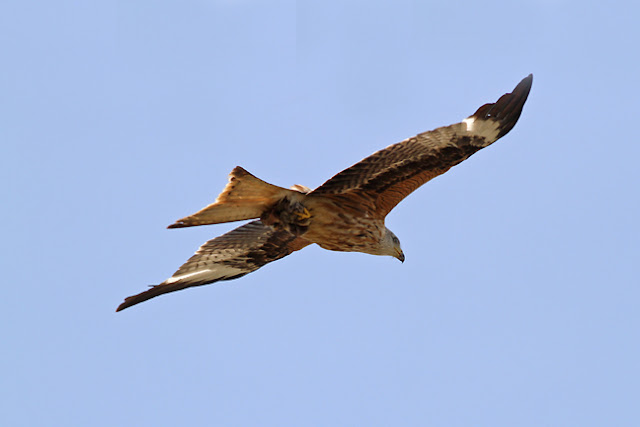Things haven't been well at Shawell lately despite finding a juvenile Iceland Gull and several Med Gulls during March. For some reason the number of gulls using the site has been lower than expected. Saturdays have been rubbish (no pun intended) during the last few weeks and last Saturday I gave up at dinner time.
Maybe the gulls that wintered in the area have already moved on and the ones that migrated south are yet to arrive? Maybe the lack of food waste going into landfill is starting to have an effect? Maybe the Common Buzzard that keeps launching low flying attacks on the gulls isn't helping?
I called in this afternoon for ten minutes and there were more gulls than I'd seen throughout March on the lagoons. Maybe I should stop trying to second guess whats going on. Anyway there was a couple of Yellow-legged Gulls amongst the Herring and Lesser Black-backed Gulls, which may be a result of a bit of northward migration. Both the Yellow-legged Gulls were youngsters, so I guess they followed the Lesser Black-backed Gulls north?
Maybe the gulls that wintered in the area have already moved on and the ones that migrated south are yet to arrive? Maybe the lack of food waste going into landfill is starting to have an effect? Maybe the Common Buzzard that keeps launching low flying attacks on the gulls isn't helping?
I called in this afternoon for ten minutes and there were more gulls than I'd seen throughout March on the lagoons. Maybe I should stop trying to second guess whats going on. Anyway there was a couple of Yellow-legged Gulls amongst the Herring and Lesser Black-backed Gulls, which may be a result of a bit of northward migration. Both the Yellow-legged Gulls were youngsters, so I guess they followed the Lesser Black-backed Gulls north?
 |
| Second Calendar-Year Yellow-legged Gull |
















































